The Multifaceted Benefits of Taro in Stardew Valley: An In-Depth Guide
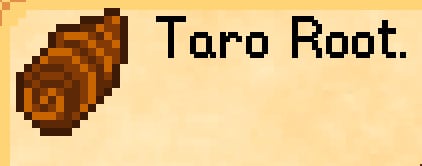
Uncovering the Richness of Taro
Taro is a distinctive crop that you’ll only find on Ginger Island. Native to this tropical environment, it’s a unique addition to your farming portfolio. But the crop holds more utility than meets the eye.
Growing Taro: The Basics
- Seed Source: Taro Tubers
- Growth Time: 10 days
- Water-Free Growth: Within 3 tiles of water, it matures in 7 days without needing irrigation
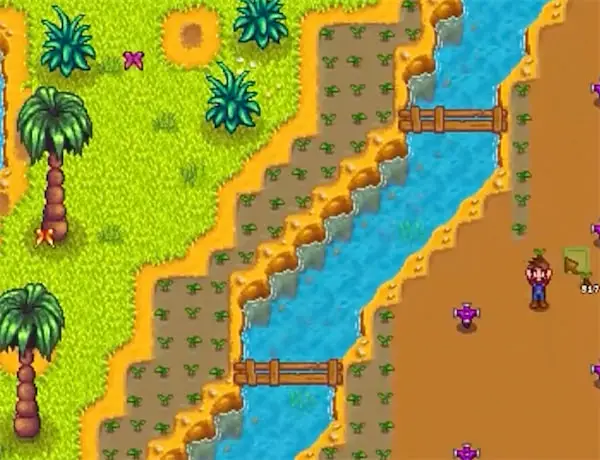
The initial source of Taro Tubers isn’t straightforward, as you can’t purchase them outright. However, the game provides various methods to acquire them:
- Defeating Creatures: Take down Tiger Slimes and Lava Duggies in the Volcano Dungeon.
- Treasure Hunts: Loot Volcano Chests or crack open Golden Coconuts.
- Digging: Scour Ginger Island for worm tiles.
- Trading: After unlocking Mr. Qi’s shop on Ginger Island, you can trade two Bone Fragments for a Taro Tuber with no limit on the trade frequency.
Why Taro Might Not Be Your Cash Crop
Despite its unique cultivation methods, Taro isn’t your ticket to immense riches. With a base selling price of only 100 gold, it’s even less lucrative than strawberries. Additionally, turning it into wine or preserves doesn’t amplify its economic value significantly. When it comes to gifting, most villagers are only “pleased” at best; none count it among their favorite items.
Taro’s Unseen Utility
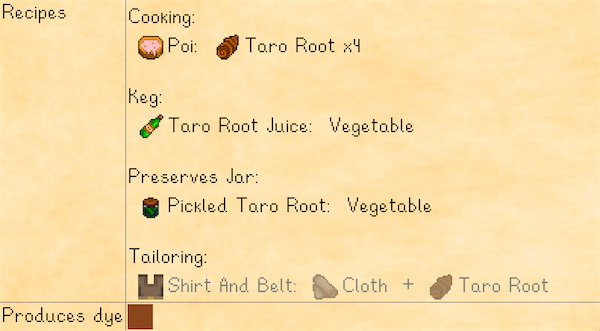
The crop is not without its merits, however. Taro serves as a key ingredient for the ‘Taro Root Platter,’ a recipe obtained from Leo once you reach a three-heart relationship with him. Not only is the dish among Leo’s favorites, but the ingredients are readily available for those who have unlocked Ginger Island.
Due to its easy cultivation near water bodies, it serves a dual purpose:
- Weed Control: Planting it on the riverbanks of your Ginger Island farm helps prevent weeds.
- Golden Walnut Hunt: Harvesting Taro provides a chance to earn up to five Golden Walnuts.
- Island Ingredients Quest: The special quest board outside Mayor Lewis’s house might offer a quest requiring Taro, Ginger, or Pineapple. Taro is the easiest crop to cultivate for this quest, typically posted by Caroline, and the reward is a Solar Panel recipe.
Upgrading Your Blue Discus Fish Pond with Taro
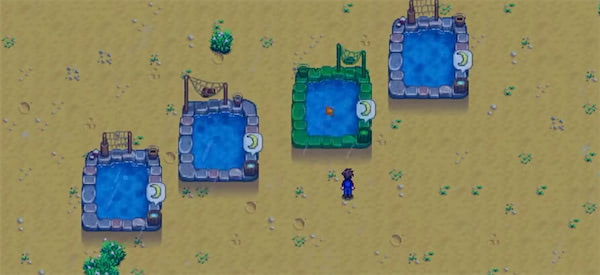
Taro offers another hidden utility: upgrading your Blue Discus Fish Pond. The pond requires three Taro to upgrade from three to five fish and an additional ten Taro to reach its maximum capacity of ten fish. This pond has a 15% chance of producing bananas when stocked with ten fish. Stock four of these ponds, and you’re looking at an average of 0.6 bananas per day—enough for twelve bananas over twenty days.
Taro and the Pseudo-Randomness of Fish Ponds
While it’s not the easiest way to get bananas, the Blue Discus Fish Pond can be manipulated through a pseudo-random technique. If your pond produces a banana, move the pond one tile to the left and one tile up. The chances are high that it will produce another banana the next day. If it doesn’t, move the pond two tiles to the right and one down. The success rate of this method is over 90%.
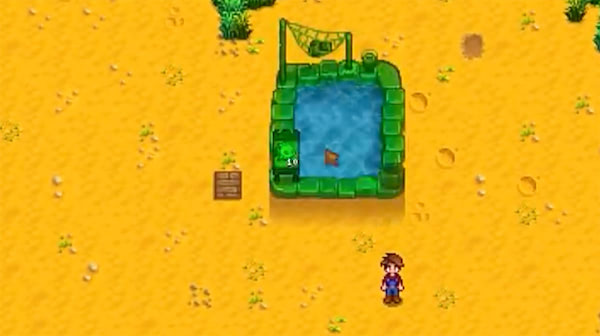
Before applying this method, it’s advised to set up markers to remember the pond’s original location.
Conclusion
Taro might not be a big moneymaker in Stardew Valley, but its versatility makes it an essential crop for advanced players. Whether you’re fulfilling island quests, forging deeper relationships with villagers like Leo, or manipulating fish ponds to yield bananas, Taro is more than worth the effort to cultivate.
So the next time you visit Ginger Island, don’t overlook this unassuming plant. It may just become your new farming staple.